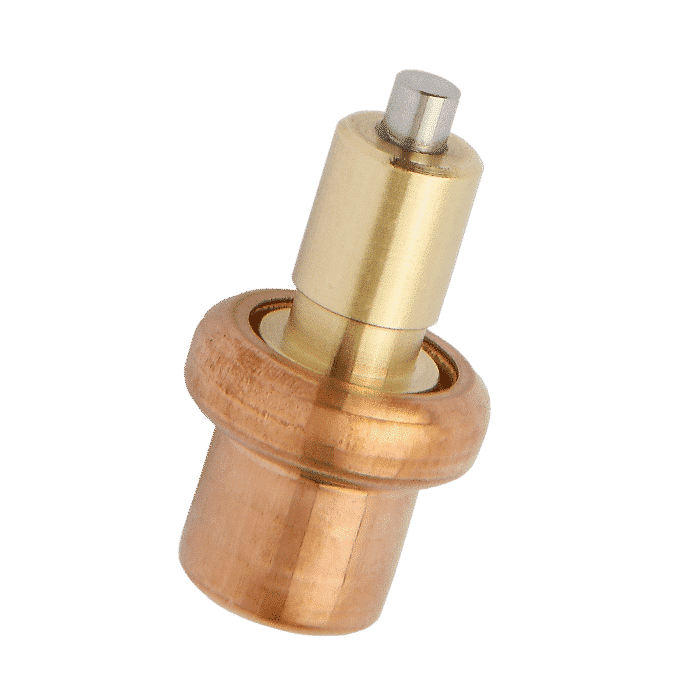

In case 15, the Incheon and Jeju models were reduced by 189.4 (59.2%) and 206.2 kWh/m²a (57.4%) compared to the base case, respectively, and the CO2 emissions were reduced by up to 32.7 (60.8%) and 35.6 kgCO2/m²a (59.3%), respectively.

Case 15 (active chilled beam with dedicated outdoor air system + ground source heat pump) showed the highest energy saving rate. The heating, cooling, and other energy-saving contributions of each technology indicate that their saving rates can be used when selecting suitable technologies during the cooling and heating seasons. Each technology (cases 1-15) provided different energy-saving contributions in the Korean climate depending on their characteristics. The primary energy consumptions of the base model were 464.1 and 485.1 kWh/m²a in the Incheon and Jeju region, respectively, and the CO2 emissions were 83.4 and 87.4 kgCO2/m²a, respectively. EnergyPlus v8.8.0 was used to analyze the contribution of each technology in reducing the primary energy consumptions and CO2 emissions in the Korean climate. Energy-saving technologies comprising 15 cases were categorized into passive, active, and renewable energy systems. This study aims to suggest a basis for the selection of technologies for developing high-performance buildings to reduce energy consumption and greenhouse gas emissions. When using the UFAD and ACB with DOAS, cooling energy was reduced by 11.3% and 23.1% compared with VAV, respectively. The primary cooling energy was increased by about 23.3% by applying CAV, compared to VAV. ACB with DOAS was analyzed as being able to perform air conditioning only with the supply airflow constantly fixed at a minimum outdoor air volume. For the same indoor set-point temperature, the CAV’s supply airflow was the highest, and VAV and UFAD were operated by varying the airflow rate according to the change of the space thermal load. The HVAC systems selected for this study are the variable air volume (VAV) commonly used in office buildings (base-case model), constant air volume (CAV), under-floor air distribution (UFAD), and active chilled beam (ACB) with dedicated outdoor air system (DOAS). Furthermore, we analyzed the indoor environment created by each HVAC system, as well as examining the cooling energy consumptions and CO2 emissions. This study also aimed to understand the features of the systems under consideration by investigating the dry-bulb temperature, relative humidity, and airflow rate at major nodes in each system’s schematic. To provide useful information concerning energy-conserving heating, ventilation, and air-conditioning (HVAC) systems, this study used EnergyPlus to analyze in detail their operational characteristics and energy performance. This method provides insight into the design and optimization of the return vent height of UFAD for space heating and cooling. Although these were opposite to the findings of our previous study regarding the performance in cooling mode, an optimal return vent height in terms of the comprehensive all-year performance can be recommended. The results show that, in the heating mode, the general thermal comfort (predicted mean vote-predicted percentage dissatisfied (PMV-PPD) values) and indoor air quality indices (mean age of air and volatile organic compounds (VOCs) concentration) were greatly improved and energy consumption was slightly reduced with a lower return vent height. This paper presents a numerical evaluation of the performance characteristics of an UFAD system with six different heights of the return vents in heating operation by comprehensively considering thermal comfort, air quality, and energy consumption. Knowledge of the performance under heating conditions is sorely lacking. Moreover, existing studies are mostly focused on the effect of the return vent height on the performance of an UFAD system under cooling conditions.
ANEMOSTAT VARIABLE VOLUME RESET CONTROL UPGRADE
The exhaust/return-split configuration is regarded as an important upgrade of traditional under-floor-air-distribution (UFAD) systems due to its higher energy efficiency.


 0 kommentar(er)
0 kommentar(er)
